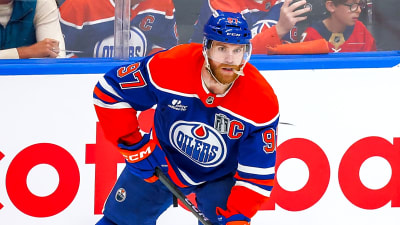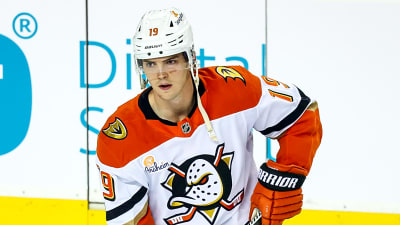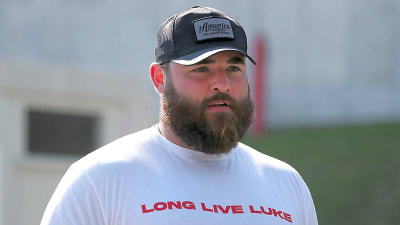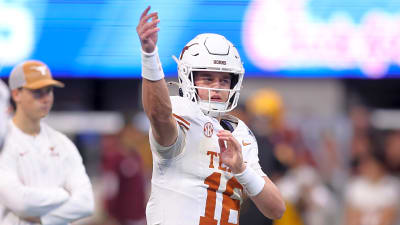
Sometimes the way to sign a free-agent pitcher involves more than just winning the money battle. Sometimes getting creative with the structure of the contract can make the difference.
We saw the Toronto Blue Jays do this last winter with relief pitcher Chad Green. Once a mainstay in the bullpen of the New York Yankees, Green was cut loose after undergoing Tommy John surgery during the 2022 season. He signed a deal in Toronto that featured multiple team and player options and the Blue Jays opted to keep him for 2024 and 2025.
Consider the following three pitchers, all of whom could look very good in blue…
Brandon Woodruff
Woody became a free agent when the Brewers did not tender him a contract. Understandable, as his October 13 surgery to repair the anterior capsule in his right (pitching) shoulder is expected to keep him out of action for 10-to-16 months.
So, realistically, the best a team could hope for is a return post-All Star break and to have him available for the 2024 playoffs. But it’s entirely possible that he will miss the entire 2024 season, and there’s no guarantee that he will return in 2025 at the same elite level he maintained before his injury.
Apparently, several teams are considering him for a multi-year deal. He would get paid for the 2024 year, even though he might not pitch much, but would be under team control for 2025 and potentially additional years. The problem with this scenario, from Brandon’s perspective, is that the offers might include a risk discount, given the uncertainty of his recovery.
One way to give him protection while mitigating the discount would be to sign him to a three-or-four-year deal with opt-outs. In this instance, he would be paid a minimal amount in 2024 and would be locked up for 2025, but could opt out of his 2026 and 2027 years. That way, if he doesn’t fully recover, the Jays would be on the hook, but if he came back 100 percent, he might want to test the market.
Some teams might hesitate to give him such a deal. But the Jays have the luxury of having Kevin Gausman signed through 2026, Jose Berrios, through 2028 (though with a post-2026 opt-out), and Chris Bassitt through 2025, so losing Woodruff to an opt-out after 2025 might be a risk they would be prepared to take.
Matthew Boyd
Boyd had a relatively poor showing in 2023 before his Tommy John surgery on June 28. His ERA was 5.45 and his fastball velocity was a career low 91.6 mph. But the former Blue Jay had some bad luck, as his XERA was a respectable 4.21 and his strand rate of 62 percent was the lowest since his rookie year. So a potentially strong backend starter.
Boyd is no Woodruff and would not have the same bargaining power. In fact, since he will be pitching (or not pitching!) in 2024 at age 33, he might well be willing to sacrifice a few dollars for the certainty of a guaranteed contract.
But many teams might hesitate about committing term, given his injury record and inconsistent performance over the last few years, so might the Blue Jays be able to pull a Hyun Jin Ryu redux and distinguish themselves from the pack by offering a third (or fourth?) guaranteed year? This is the same concept as the Woodruff deal suggested above, but without the opt-outs.
Jordan Hicks
Jordan Hicks is a free agent for the first time in his career. Fangraphs projects him at three years and $30 million-ish, and MLBTR projects him at four years for $40 million. It’s difficult and dangerous to commit multiple years to a reliever, particularly a fireballing one, but the option may exist to get creative in this instance.
Hicks has said that he would like to try to transition back into a starting rotation role. So suppose the Jays offered him a swingman role in 2024, with a certain number (8-10?) of guaranteed starts. It would be a two-year contract, so if Hicks were to succeed as a starter he would be a free agent after 2025 and able to command a (much higher) starter’s free-agent contract.
He would have the luxury of not assuming a full starter’s workload in 2024 (he only pitched 65 innings in 2023) but could transition at his own pace. The Jays would benefit both from having him as a swingman starter (they could use the depth!) and from having an excellent power arm out of the bullpen when he is not starting. And they would not be tied to a three- or four-year commitment with its attendant high risk.
The bottom line
As the saying goes, there are many ways to crack an egg — and many ways to structure a Major League Baseball contract.
It’s entirely possible that other teams could offer similar (or even better!) structures, but the Blue Jays might have the advantage in that they may have more flexibility in contract design than many teams. That flexibility might give them a negotiating edge.
More must-reads:
- A's owner selling San Jose Earthquakes to help finance Las Vegas move
- Francisco Lindor addresses Juan Soto's struggles, turnaround
- The 'MLB Comeback Player of the Year award winners' quiz
Breaking News
Trending News
Customize Your Newsletter
 +
+
Get the latest news and rumors, customized to your favorite sports and teams. Emailed daily. Always free!







